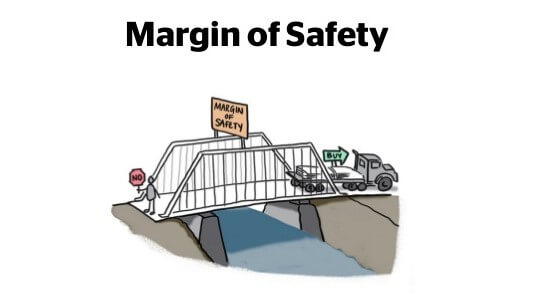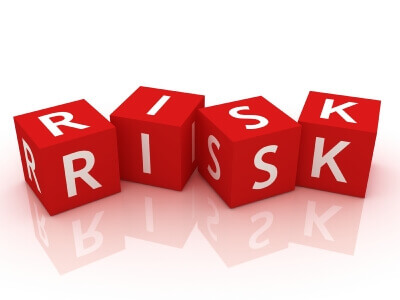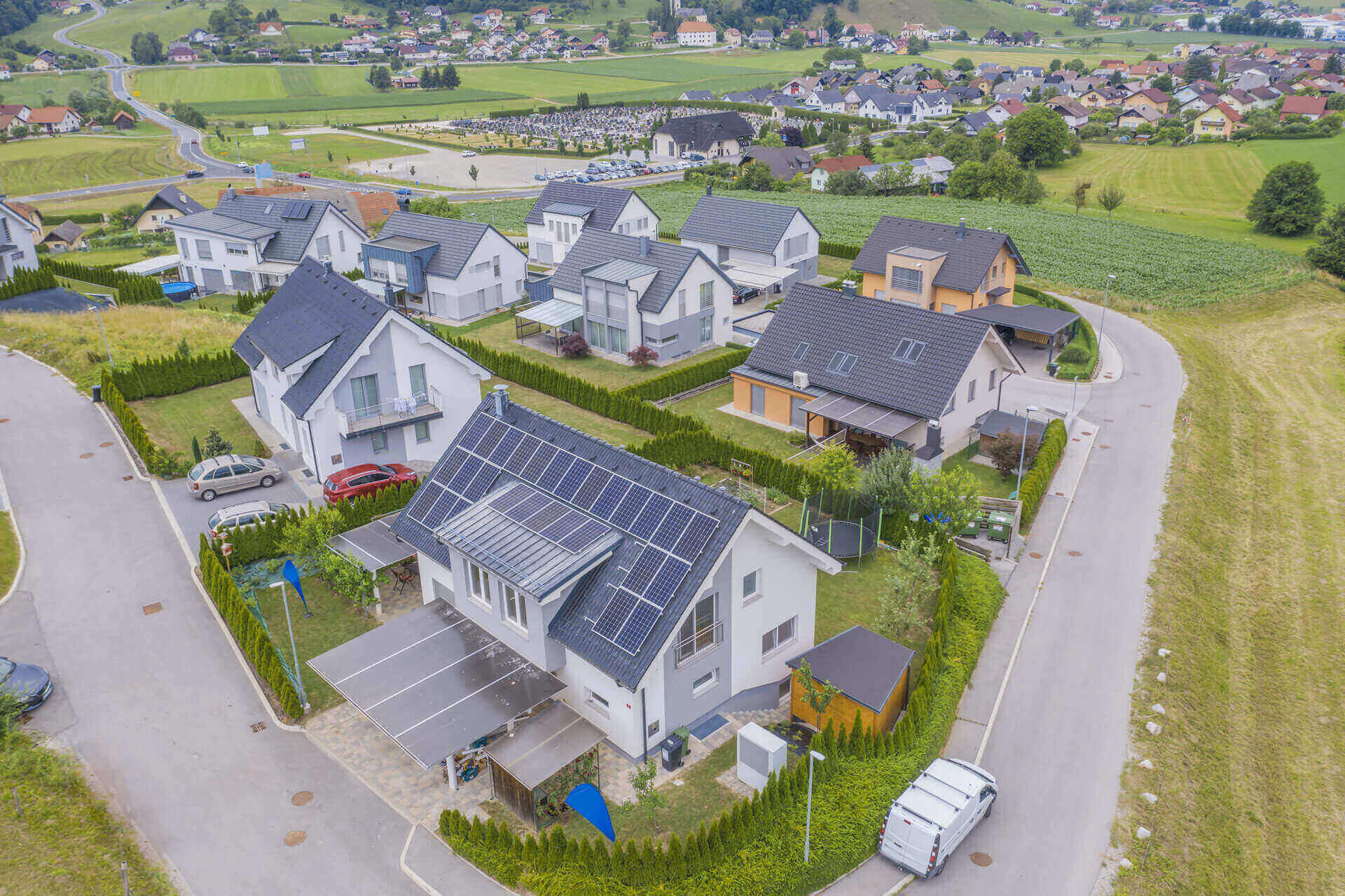How can we manage downside risk in this highly uncertain world? What can we learn from the best investment companies in the world?
Margin of Safety
Investing is a game playing with future. We allocate capital in an asset and hope can profit in the future. Although no one knows for sure what will happen in the future, we can manage downside risk and minimize probability of losing capital. If we manage the downside, the upside will take care of itself.
One way to manage downside risk is using Margin of Safety. It’s a favorable difference between market price and intrinsic value of an asset. Higher margin of safety gives us a higher chance to make profit.
Some people may find this concept a little abstract. We can think margin of safety in this way. If we have a bridge with weight limit 100 tons, and only allow one 80 tons truck to pass, we have 20 tons margin of safety. With enough margin of safety, we will most likely be ok, even if our estimation on the weight limit is not 100% accurate..

Intrinsic Value
Margin of Safety = Intrinsic Value – Market Price. Market price is usually available and easy to find. But how can we find intrinsic value? By definition, intrinsic value is present value of all future cash flows.
Therefore, intrinsic value is an estimated value because we can only estimate future cash flows. Intrinsic value must be revised if interest rates change or forecasts of future cash flows change. It’s better to think intrinsic value as a range rather than an exact number.
The trick of superior investors (such as Warren Buffett) is that, they have better information and skills to estimate and improve future cash flows. They have the world-class system and team to achieve a better understanding on intrinsic value.
The good news is that they don’t compete with us on smaller investment deals. We just need to improve our own system and team to get better information and skills in a specialized investment area.
Once we have an estimated intrinsic value, we can compare various opportunities and invest in the asset with largest margin of safety. Buffett only invests when margin of safety is more than 25%. He likes the margin of safety to be so big that he doesn’t need to do any math rather than in his head.

Blackstone Example in Multifamily Investing
Most investors focus on quality rather than price when assess risk. But high-quality assets can be risky and low-quality assets can be safe. It all depends on the price paid for them. Here is an example of how Blackstone managed downside risk when investing in multifamily.
In early 1990s, the US real estate market collapsed. Lenders were overwhelmed by bad loans and under pressure to move the assets off their books, at almost any price they could get. Massive amounts of real estate were forced onto the market. Blackstone sensed some investment opportunities in multifamily.
At that market price, Blackstone could get 16% annual return with all-cash purchase. If they add some debt to the acquisition, they could increase return to 23% per year. Vacancy rate at that time was around 20%. As the economy recovers, if the vacancy drops, their return would become 45%. After rehab and increase rent, the return would become 55% per year based on their estimation.
Their target return is 30% per year. With such a large margin of safety, Blackstone invested their first multifamily property and realized a 62% annualized return, even better than their estimated return 55%.
Blackstone is not a big fan of bidding as low as possible to avoid overpaying. They believe, with such a large margin of safety, it’s best to pay what you have to pay, and focus on what you can improve as an owner.
How to apply Margin of Safety in Multifamily Investing
As you may already know, multifamily investment has 2 sources of profit: Cashflow and Appreciation. Cashflow is very easy to calculate based on past 12-month actual net operating income (NOI) and mortgage payment.
However, appreciation is not so easy to calculate. Since multifamily value is defined as net operating income (NOI) divided by cap rate, we have to forecast future net income and cap rate before estimating appreciation.
Here is how we apply margin of safety to manage downside risk in our multifamily investment.
Firstly, before acquiring any multifamily property, we always use a financial model to project future value. The model includes many assumptions such as rent growth rate, vacancy, cap rate, expenses and so on. We always use more conservative assumptions than current actual numbers.
For example, if rent growth rate is around 5% per year in the past 5 years, we assume only 2-3% per year for future rent growth in the model. If the cap rate at purchase is 6.0%, we assume 7.0% – 7.5% cap rate at sale (higher cap rate means lower value, therefore more conservative).
Secondly, we also do stress tests on key assumptions. For example, we test what will happen to cashflow and value, if vacancy rate increases from 5% to 10%, 20%, 30%. With margin of safety and stress tests, we will have a higher chance to make better acquisition decisions and realize profits.
Crisis come and go in the past 2,000 years. This COVID-19 crisis most likely will be gone someday too. It’s more important to identify great investment opportunities and manage downside risk during crisis, when other investors are panic or wait. I’m a firm believer in value investing and think margin of safety is a great way to manage downside risk.









